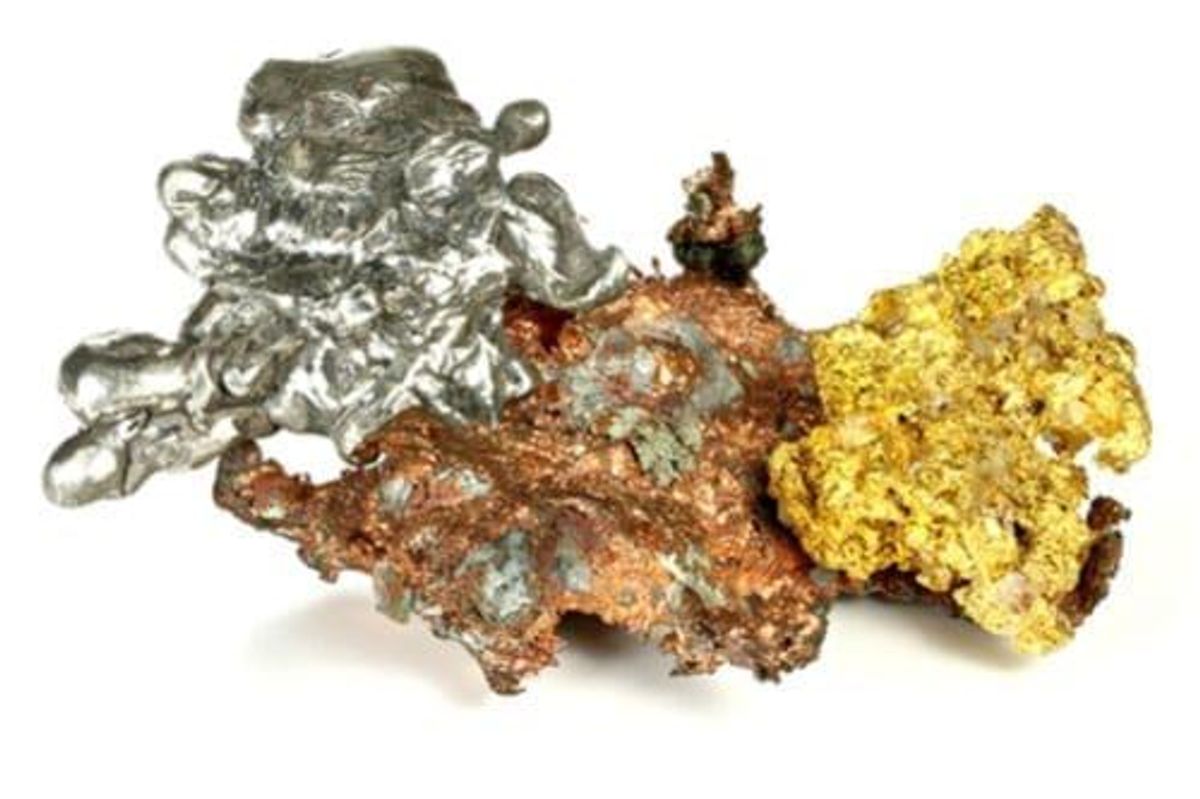Precious Metals Weekly Round-Up: Gold Dips on Strong Data from China

Gold dipped on Friday due to strong data from China. However, the metal continues to be supported by interest rate cuts and economic concerns.
The gold price fell marginally on Friday (November 1) thanks to strong data from China, which buoyed investors’ risk appetite.
Market participants are also awaiting employment data from the US, hoping to get some color on the impact that its trade dispute with powerhouse China has had on the US economy.
“The data out of China is somewhat easing concerns over the global landscape and ultimately reducing appetite for gold,” said Lukman Otunuga, analyst at FXTM.
Despite the small downtrend that the yellow metal is facing, it is still garnering support from trade uncertainties and the recent interest rate cut by the US Federal Reserve. Otunuga added that shrinking interest rates and ongoing trade war concerns will support gold in the medium to long term.
On Wednesday (October 30), the Fed cut the benchmark funds rate by an additional 25 basis points, with the new range coming in at 1.5 to 1.75 percent. This is the third time this year that interest rates have been slashed, but the Fed suggested that this week’s cut will be the last one for 2019 unless the economy takes a sharp turn downward.
Fed Chair Jerome Powell cited strong jobs data from September, improving relations between China and the US and declining risk of a no-deal Brexit as factors that impacted the committee’s decision.
In a release, the committee noted its mandate of fostering maximum employment and price stability.
“In light of the implications of global developments for the economic outlook as well as muted inflation pressures, the committee decided to lower the target range for the federal funds rate to 1-1/2 to 1-3/4 percent,” the missive reads.
Despite being down at the end of the week, gold is set for a weekly gain, and, as of 9:41 a.m. EDT on Friday, the yellow metal was trading at US$1,510.80 per ounce.
Silver followed the yellow metal’s lead this week, dipping slightly but continuing to trade over the US$18 per ounce level. Industry insiders continue to believe in the white metal, as the current political and economic climate seems to support it.
“Going forward, prices are seen remaining relatively stable, propped up by a recovery in industrial production next year,” states a recent FocusEconomics report. “The evolution of the US-China trade war will be a key factor to watch in coming months, due to its potential to affect both safe haven and industrial demand.”
As of 9:47 a.m. EDT on Friday, silver was changing hands at US$18.02.
As for the other precious metals, platinum was relatively flat on Friday, but remained around the US$900 per ounce level.
While platinum continues to take a back seat to its sister metal palladium, the metal is trending upward for the most part thanks to gold’s movements.
“Platinum is also expected to benefit from positive spillovers from gold. However, its sizeable and rising above-ground stocks will remain a key headwind over the rest of 2019 and in 2020,” as per Metals Focus.
As of 10:01 a.m. EDT on Friday, platinum was trading at US$934.
Palladium was once again the star precious metal for the week, hitting an all-time high of US$1,824.50 per ounce during Wednesday’s session.
The metal has rocketed higher since the start of the year, gaining 43 percent since January.
Its large gains have been attributed to stricter environmental regulations around car emissions.
While sales for traditional vehicles are slipping, air quality rules in line with cutting pollution have prompted automakers to increase the amount of palladium used in catalytic converters, which helps vehicles reduce their emissions.
As demand increases from the automotive sector, supply shortfalls are beginning to emerge, giving the spot price a boost on the market.
“There’s just a persistent, continuing shortage of the metal,” Tai Wong, head of base and precious metals derivatives trading at BMO (TSX:BMO,NYSE:BMO), told Reuters.
“The sharp rally does suggest a correction at some stage but the outlook is robust. Palladium could even hit US$2,000 next year; perhaps even higher, but the path is unlikely to be smooth.”
As of 10:09 a.m. EDT on Friday, palladium had lost some steam and was trading at US$1,784.
Don’t forget to follow us @INN_Resource for real-time news updates!
Securities Disclosure: I, Nicole Rashotte, hold no direct investment interest in any company mentioned in this article.